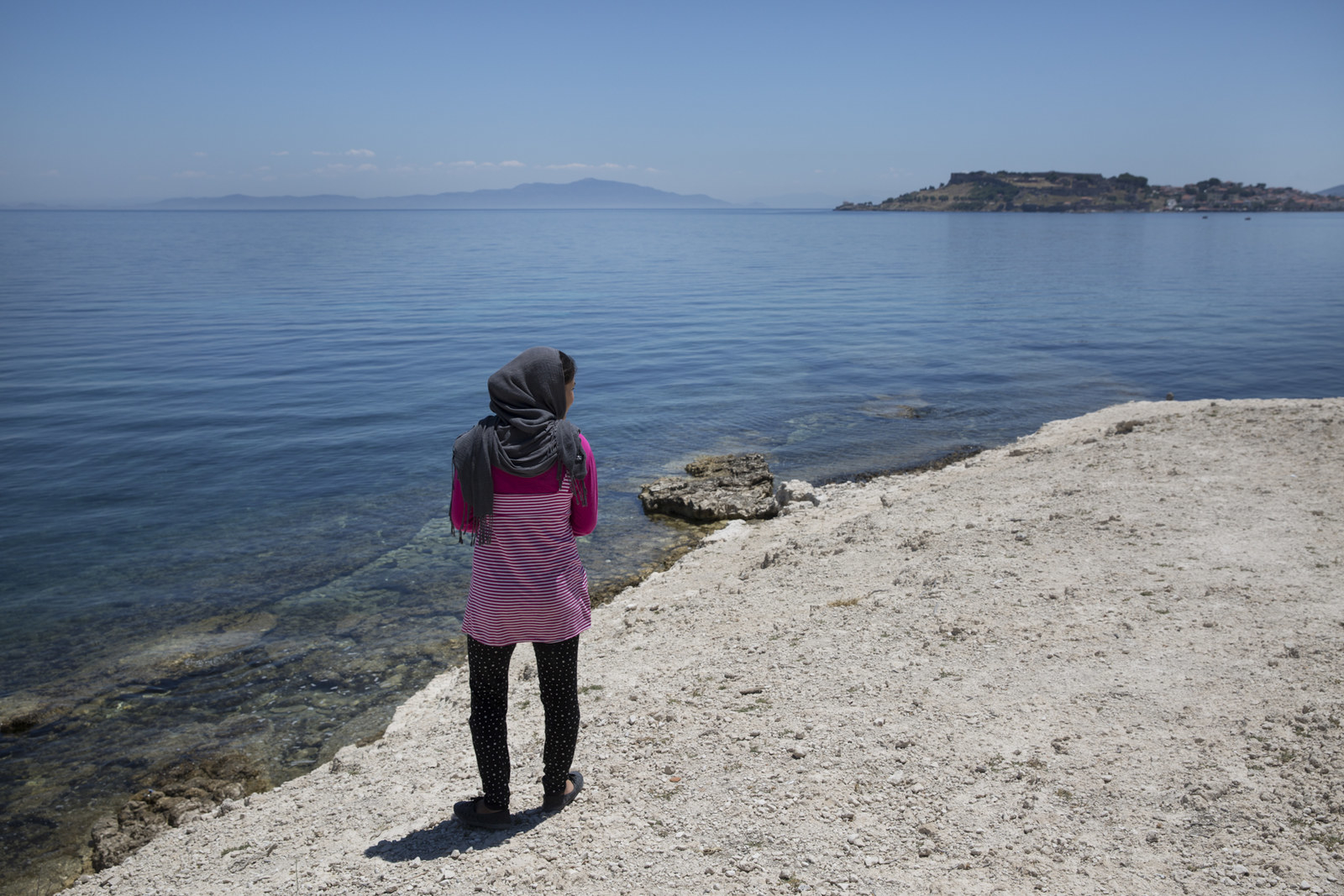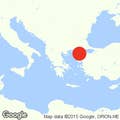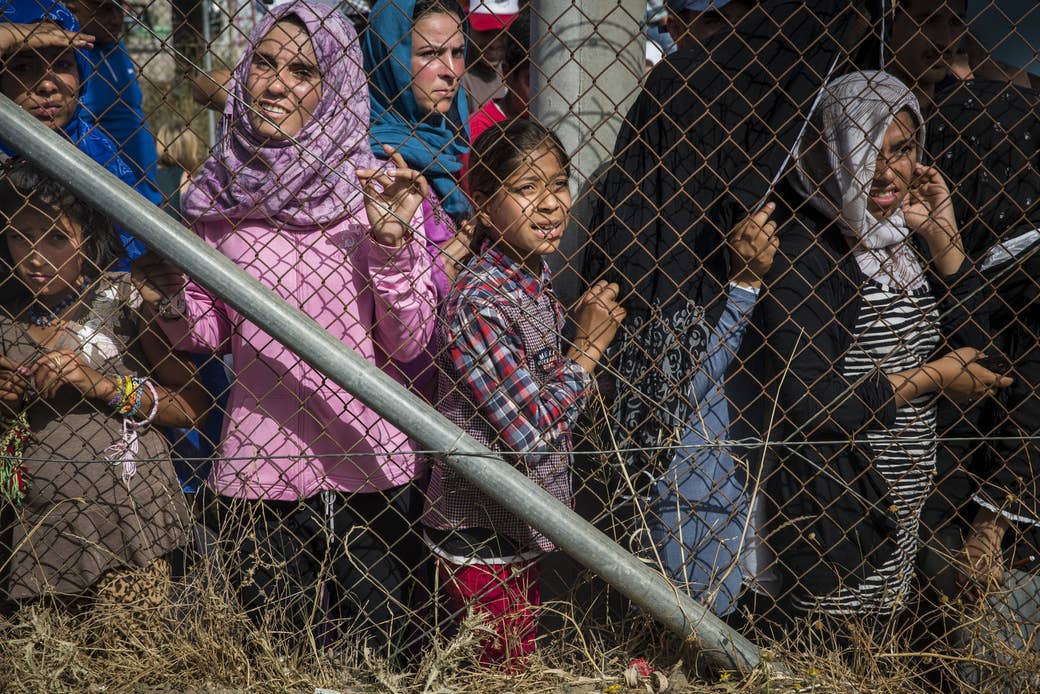
LESBOS, Greece — Diba Ayoubi is tired of her war not counting enough.
Back home, the Taliban killed her grandfather and came after her family when they refused to give Ayoubi’s sister to a Talib for marriage. So the family escaped, walking through snowdrifts in freezing mountains, dodging border guards who sometimes shoot refugees on sight, and finally sailing across the Aegean in a rubber dinghy that nearly sank.
But when it comes to getting asylum in Europe, Ayoubi and her family have one major problem: They’re not Syrians.
“They prioritize the Syrians, like they’re the ones with real problems,” Ayoubi says.
She’s frustrated, and experts think she has a point.
“Our concern is that a hierarchy between different nationalities is being established particularly in Greece right now, with a perception that somehow Afghanistan is not a country that is war-torn enough, and therefore perhaps Afghans are less deserving of international protection than refugees who come from other countries such as Syria,” said Melanie Ward, the associate director of policy and advocacy for the International Rescue Committee.
As policies and statistics across Europe are making clear, it’s getting harder and harder for Afghans to be seen as “real refugees.”
Since the surge in refugee arrivals last year, 1.2 million people have landed in Italy and Greece, hoping for asylum in Western Europe. Just under half of them are Syrians, fleeing a war that’s been made familiar through images of flattened cities, stories of mass rape, and horror tales about executions, including of foreigners.
But the rapid increase in refugee numbers scared critics, ignited xenophobic backlash, and strengthened right-wing political movements across Europe. Last fall, the European Union and many member states began rolling out new policies aimed at reducing the numbers of those allowed to stay.
“There’s definitely a distinction being made, at least in the public mind, [about] nationalities who are considered to be ‘legitimate,’ as refugees” said Susan Fratzke of the Migration Policy Institute Europe, headquartered in Brussels. “That’s gained salience and been supported by the way in which policies are being implemented.”
A close look at those policies, and at EU asylum statistics, suggests that the EU has tacitly decided there’s one easy way to reduce refugee numbers and appease powerful critics: Just don’t let Afghans stay.
“The narrative that’s developing in Europe is this idea of ‘real’ refugees,” said Iverna McGowan, the head of Amnesty International’s European Institutions Office and its advocacy director. That the idea is hardening into a hierarchy about who counts as a refugee, she said, “is more than a fair assessment at this stage: It’s a factual reality.”
McGowan cites the EU-Turkey deal, a March agreement that offers Turkey 6 billion Euros over two years to block refugees setting sail from Turkey to Greece. The deal also creates a legal way into Europe — but only for Syrians. In a scheme critics call human horse-trading, Europe will accept one Syrian refugee from Turkey for every Syrian refugee that Turkey takes back from Greece.
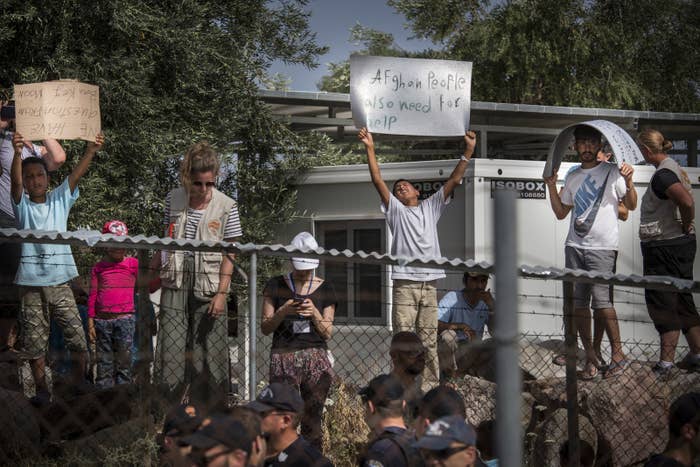
“The ink wasn’t dry on the EU-Turkey deal when we saw around 30 Afghan asylum-seekers detained, denied access to asylum procedures, and then forcibly returned to Afghanistan” from Turkey, McGowan said. “You can see that this has a knock-on effect” across Europe, she added.
That effect is visible in several places, from a European-wide refugee relocation program that excludes Afghans to discrimination between nationalities in refugee camps, like the one where Ayoubi now lives.
“Their country is in war for four years,” Ayoubi says of her Syrian refugee neighbors. “We’ve been in war for 40 years. … In my own village, I’ve seen with my own eyes young boys lose their lives — killed by the Taliban, turned into suicide bombers. My grandfather himself — the Taliban brought his head to us.”
Afghanistan is still a country torn apart, as fighters from the Taliban, ISIS, and al-Qaeda vie with Afghanistan’s government for control of territory, in confrontations the U.S. government expects will only get worse. Last year, more than 11,000 people were killed or injured in fighting in Afghanistan, a 45% increase since 2012, according to a report by the U.N. Mission in Afghanistan. The situation for women is even worse. More than 25 women died or were injured by fighting each week in 2015 — a 37% increase in female casualties in just one year. The U.N. also documented a “new, disturbing trend”: a significant increase in the number of extrajudicial punishments, including eight executions, for “moral crimes.”
None of those brutal facts is likely to help Mojgan, a 19-year-old Afghan woman, get to Austria as a refugee. Mojgan speaks fluent English, studied political science, and hung out in libraries in Kabul, even though she was harassed by gangs of men on the capital’s streets when she walked alone between the library and her sister’s home. For those men, and the thousands of others who harass, oppress, and abuse women in Afghanistan, she has no tolerance. “Those goddamn, screwed-up people,” she calls them. She put up with them for one reason: “I want to be the first female president of Afghanistan,” she says.
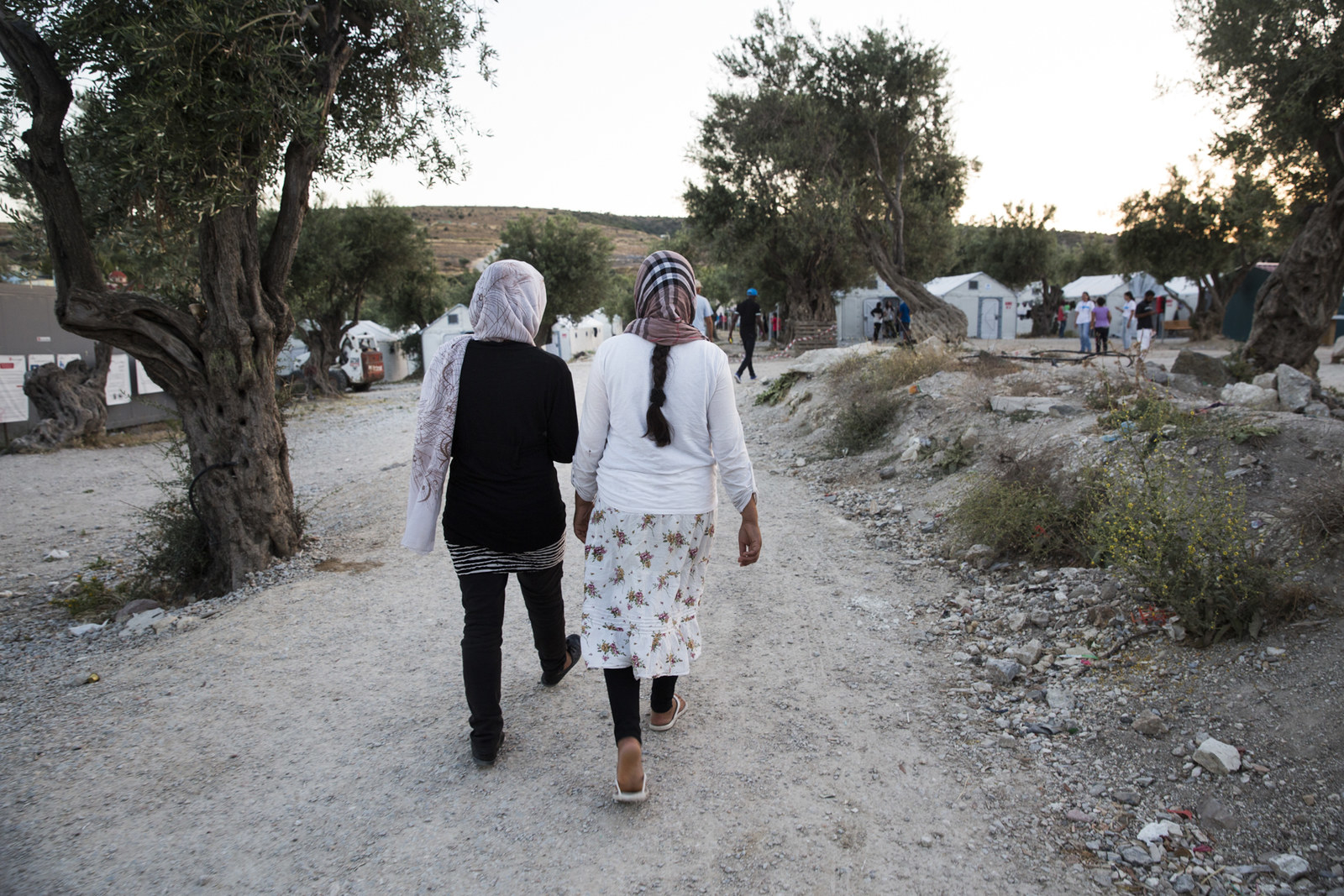
But first, Mojgan wants to get to Austria. That’s where her fiancé of seven years is waiting for her.
Meanwhile, she waits in Greece, where the infamously slow asylum system has ground to a halt as more than a million people have moved into or through the country. Here, the irony is hard: The best way — the only way — for an educated, ambitious Afghan woman like Mojgan to get through Europe is to be married to a man who’s already there.
Because Mojgan is just a fiancé, not a wife, she’s not eligible for family reunification to Austria. And because Mojgan is Afghan, she’s not eligible for one of the 160,000 spots EU countries have offered up for refugees in Greece and Italy.
Afghans don’t qualify for relocation because the EU has set up a complicated eligibility threshold: You have to be from a country whose nationals win asylum 75% of the time, on average across Europe, the first time they try. Only three nationalities qualified when the plan was announced: Syrians, Iraqis, and Eritreans.
Natasha Bertaud, a spokeswoman for the European Commission, which came up with the system, said in an email that the 75% threshold “has two objectives: to ensure that all applicants who are in clear and urgent need of protection can enjoy their right of protection as soon as possible; and to prevent applicants who are unlikely to qualify for asylum from ... unduly prolonging their stay in the EU.”
That’s a long bureaucratic way of saying that the rule is supposed to make it easier for people who probably will get asylum to get it fast, and to make it harder for people who probably won’t get it to hang around in Europe.
But if the rule is supposed to help people get relocated faster, it isn’t working. Fewer than 3,000 refugees have actually been relocated under the plan to move 160,000. “It’s completely ludicrous,” Ward, of the IRC, said about the slow rate of relocation. “It’s an absolute joke. The system is so inept it doesn’t work for anybody.”
And if the rule is supposed to help weed out people unlikely to qualify for asylum, it seems strange, based on the EU’s own asylum statistics, to exclude Afghans. Afghans actually aren't unlikely to qualify for asylum — or at least they weren't until earlier this year, at the same time a series of policies effectively excluding them from protections went into place in countries across Europe.
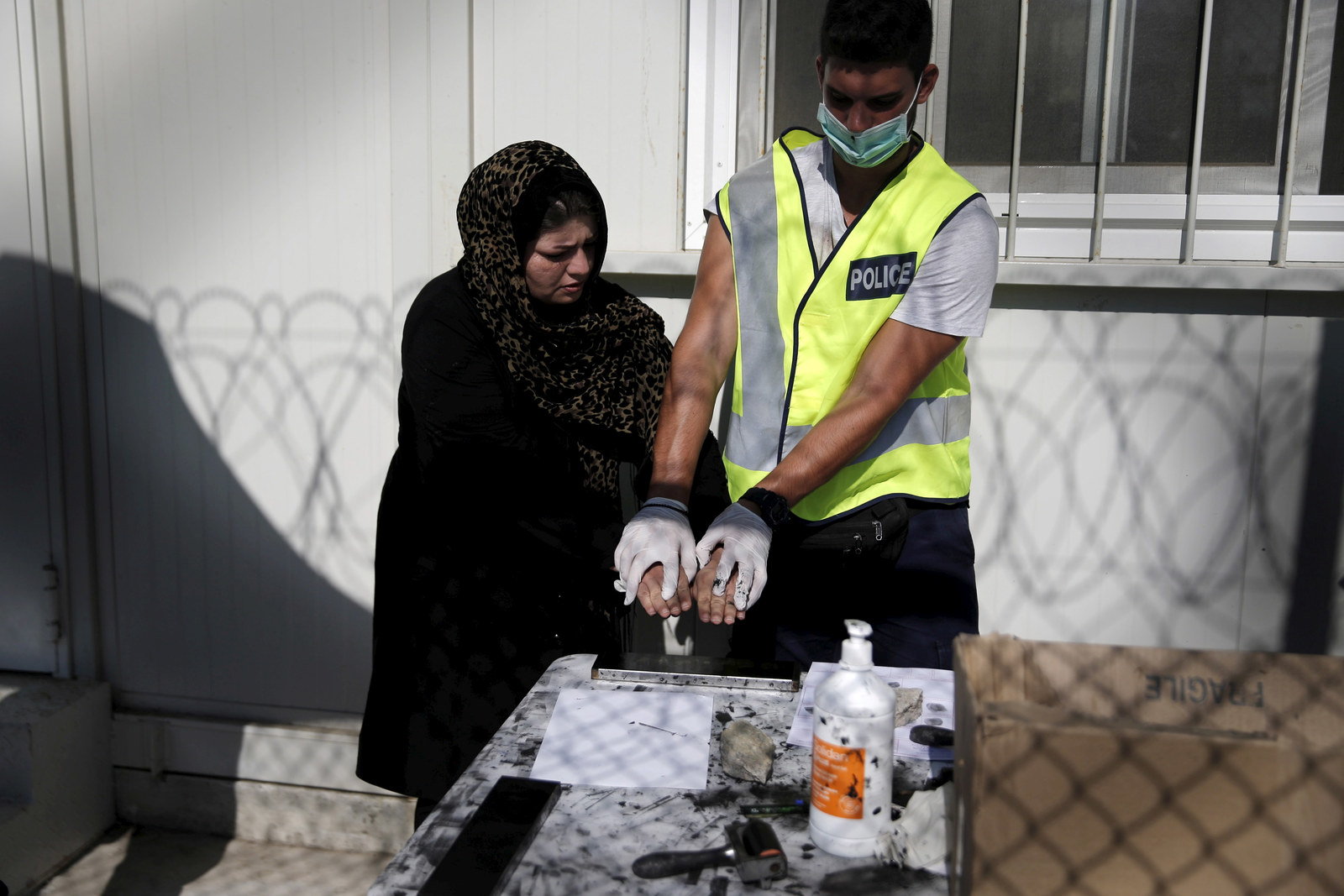
Here's how successful Afghans have been at getting asylum: Last year, they won protection 67% of the time. That’s far more success than many people have — and significantly better than the EU’s average asylum rate, which is only 52%. Across Europe, Afghan asylum acceptance rates have been going up every year for eight years.
Afghans also win their asylum appeals more often than not: In 2015, Afghans won appeals 60% of the time, far higher than the EU average of 15%.
And in the three countries that are giving refugees the most spots in the relocation deal, Afghans actually do better than the rules require. Last year’s average Afghan acceptance rate across France, Germany, and Spain was 82% — which would be enough for them to qualify for relocation if the rule were based on rates in the individual countries they are likely to go to, and not a European-wide average.
But that's not how the rule works. Bertraud and a second spokesperson both declined to elaborate on the reasons behind the 75% rule and reiterated that it is meant to expedite asylum for the most likely candidates. Meanwhile, the relocation eligibility list changes every quarter, when new asylum statistics are released. Last month, Costa Ricans were eligible. This month they aren't, but neither are Iraqis.
At no point since the start of the relocation program, which is meant to ease the burden of refugee populations in Greece and Italy, have Afghans been eligible. Meanwhile, Afghans make up 25% of the people who've landed in Greece this year alone.
“Its very clear that instead of what it should be, a rights-based approach on needs, migration policy is turning into a political game where human beings are the bargaining chips,” McGowan, of Amnesty International, said. “That’s exemplified by what we’re seeing in terms of prioritization of certain nationalities.”
European countries, meanwhile, seem increasingly committed to returning Afghan asylum-seekers. A March 2016 memo from EU foreign policy chief Federica Mogherini, marked “restricted” and obtained by Statewatch, a nonprofit investigative network based in London, called the upward swing in Afghan asylum rates “an indicator that Member States are aware of the worsening security situation and threats to which people are exposed.”
Then it dropped a bombshell: “Despite this, more than 80,000 persons could potentially need to be returned in the near future.”
Mogherini’s office declined to explain why these returns might be needed or to answer questions about the memo, citing a policy not to comment on leaked documents. It shared instead an overview of the EU’s “state of play” on Afghan migration, which focused on the return of “irregular migrants.”
It’s a bureaucratic sleight of hand that appears to be working against Afghans all across Europe. No official will say outright that Afghans are “irregular migrants” — it’s against international law to make categorical judgments about nationalities instead of considering every refugee claim on its individual merits — but across Europe, asylum systems are contorting themselves to return Afghans.
In May, Finland declared the whole country safe for return. (It thinks every part of Somalia and Iraq is safe, too.) A few months earlier, a British court reversed a ban on forced return of failed Afghan asylum-seekers, including unaccompanied children, at the urging of Theresa May, then home secretary and now incoming prime minister; that ban had been put in place last fall by a lower court, which considered Afghanistan too dangerous to return to. And Germany deported 125 Afghans in late February in what it labeled a “voluntary repatriation of Afghan citizens required to leave Germany.” It had also offered them each 700 euros for resettlement, plus transport back to Afghanistan, if they agreed to go. Germany’s minister of the interior framed the returns as a collaborative post-conflict gesture, saying the returnees were “contribut[ing] to the important task of rebuilding Afghanistan.”
Angeliki Dimitriadi, a post-doctoral research fellow focused on Afghan migration at the Hellenic Foundation for European and Foreign Policy in Athens, thinks these policies and this rhetoric make it easier to see Afghans not as refugees fleeing violence, but as economic migrants looking for a better life — a group that’s been roundly refused, whatever the nationality, and returned home since last fall.
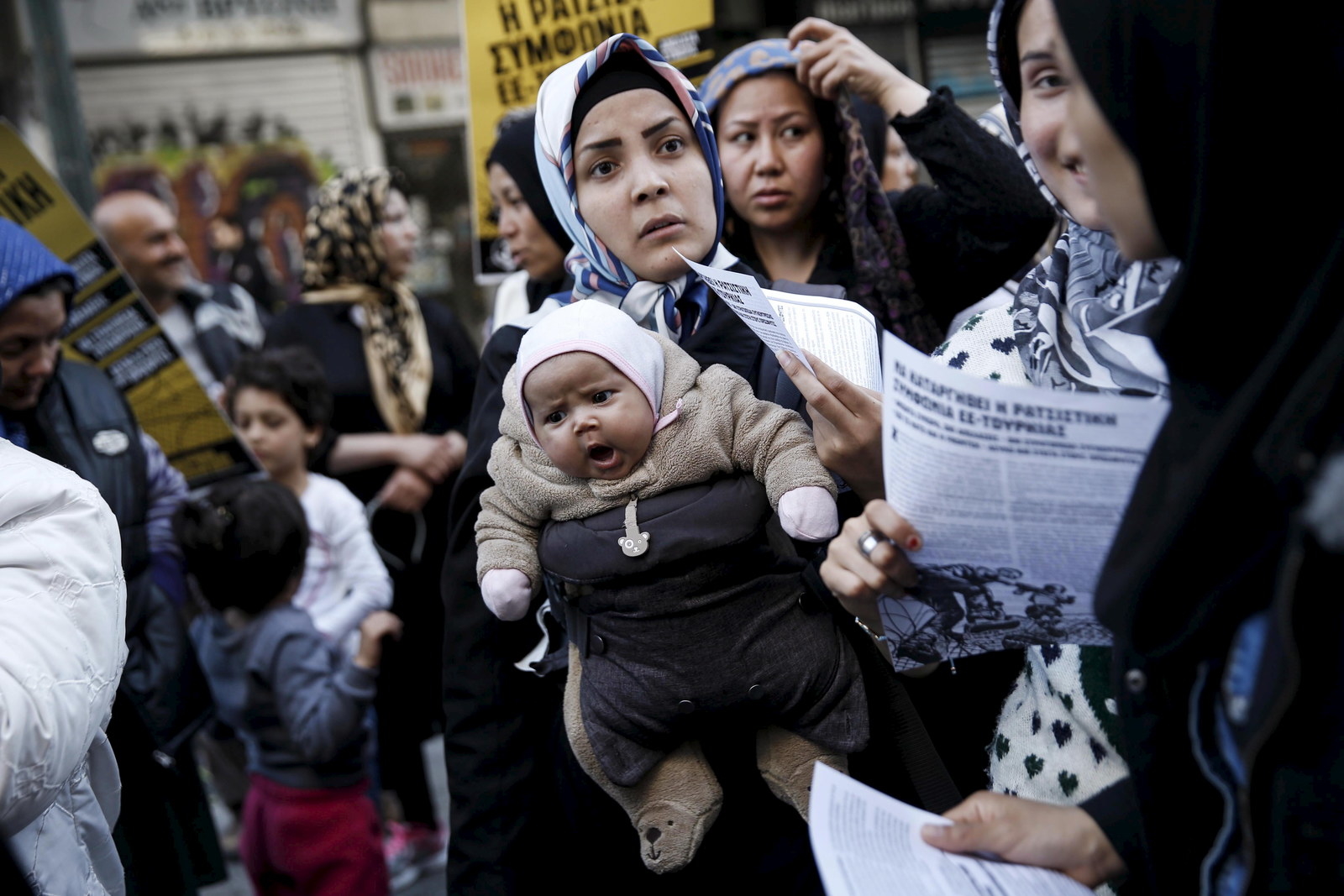
“There is a misconception that many Afghans are not fleeing per se persecution … but rather seek[ing] to improve their livelihood,” she wrote in an email. “They are seen increasingly as economic migrants. Hence their exclusion from relocation. … There are concerns that [Afghans] will seek to move to Europe if they find the EU ‘welcoming.’”
It’s a message that appears to be shaping the asylum system itself. This year, Afghan asylum acceptance rates have plummeted. In the first quarter of 2016, the average rate of successful Afghan cases fell to 57%.
The EU statistics office doesn’t document the reasoning behind each country’s asylum statistics, and most national governments won’t discuss their rulings in individual asylum decisions. It’s difficult, therefore, to say what precisely drove the Afghan figures down — but the sudden drop, after an eight-year trend in the opposite direction, has raised concerns.
“There are clearly some serious questions to be asked about what is going on there,” said Ward, of the IRC. “It’s not the case that peace has suddenly broken out in Afghanistan.”
This, too, Europe knows very well. The European Asylum Support Office’s overview of Afghanistan describes an increase in violence since 2012, and says that the Afghan government is generally unable to protect citizens from violence by the Taliban and ISIS, or to curb or prosecute abuses by its own officials.
But when it comes to setting policy, those faraway facts seem to matter less than another reality, Dimitriadi says: “There is a fatigue with the Afghan refugee as a figure.”
Diba Ayoubi, the 18-year-old Afghan refugee whose grandfather was beheaded by the Taliban, is also tired of the image of the Afghan refugee — because she thinks the image gets it all wrong.
“A lot of people think Afghans came to Europe to get more money. But think for yourself: Would someone do this for money? Would they risk their lives crossing mountains, oceans, in that cold?” she asks. “That journey we took was extremely difficult. Is money worth all that?”
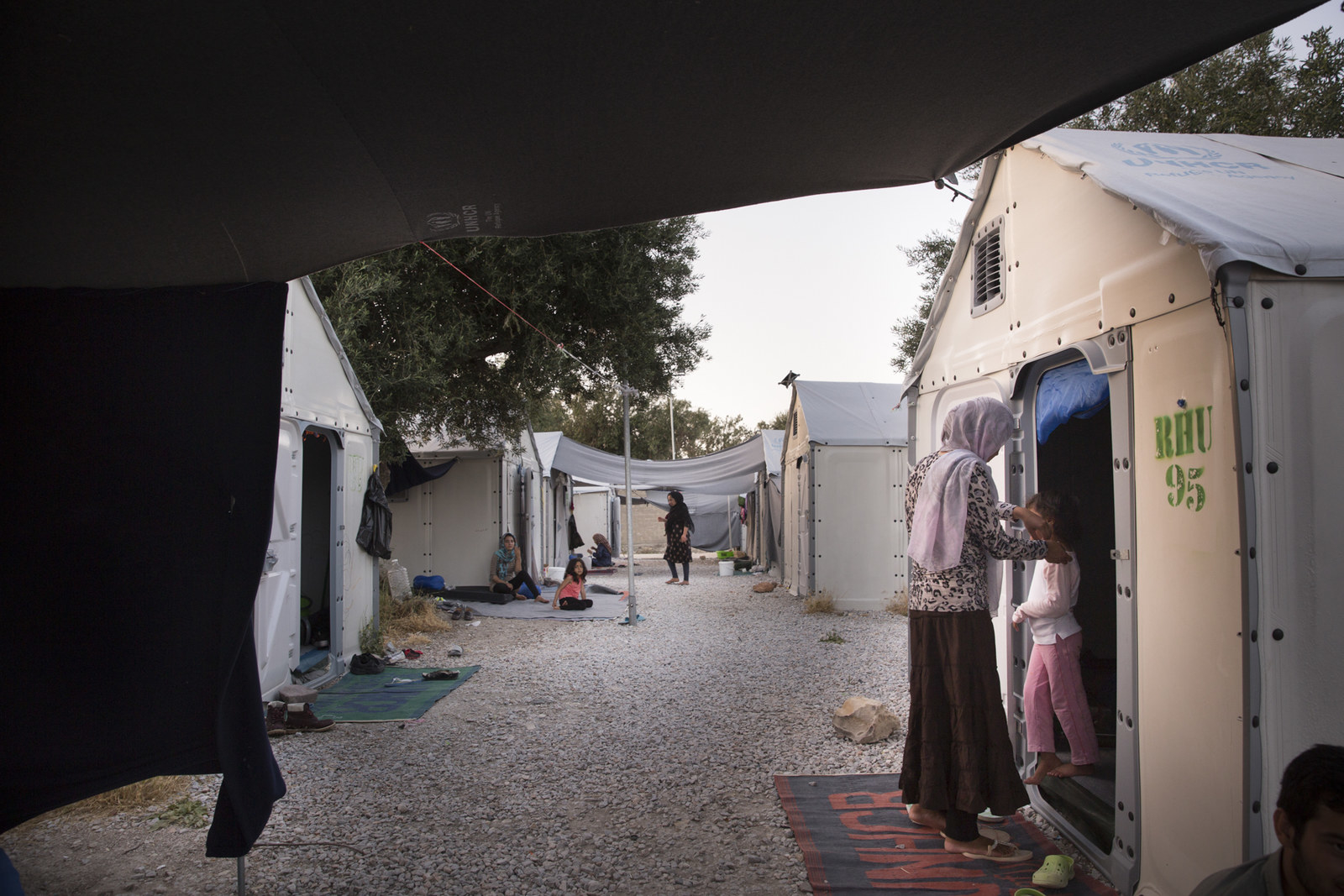
In the camp where Ayoubi lives, in Kara Tepe, you can outright feel the hierarchy that’s been built into the system. A group of Afghan women passing time with outside visitors during Ramadan were shouted over and heckled by a group of Syrian women — the Afghans thought they were jealous because they didn't have foreign visitors — until the Afghans, finally, just left.
“This happens all the time,” one of them said. “Often they show Arabic movies outside at night, and one night after the Arabic movie they were going to show a Farsi movie. But the Syrians protested, so the camp manager just shut it down.”
The discrimination these women say they feel is about more than social friction. It’s also about services. “The assistant camp manager used to be an Arab woman,” Ayoubi said. “So she solved all their [the Syrians’] problems, but never my problems.”
There’s only one Farsi translator in the camp, Afghan women here point out, and he’s a man. The doctor in the camp is an Arab who speaks Arabic and Greek, but not Farsi. He’s also a man. “It’s a double shame for us to talk to him,” Ayoubi said, recounting stories of female relatives who delayed medical treatment, even in cases of urgent pain, because they couldn’t show their legs or their breasts to a male doctor, and they couldn’t explain their symptoms in Arabic.
This lived discrimination, intentional or not, compounds stress and depression.
“I see a lot of depressed people in this camp. I myself am depressed, because of the constant stress, the waiting, the fights,” said Mojgan, the would-be president who defied male harassment to study in Kabul. “I cry unnecessarily. I don’t sleep well — I’m so scared when I sleep that I just wake up.”
Several women spoke of choosing suicide if faced with deportation to Afghanistan or Turkey; the latter is the most likely outcome for the Afghans in the island camps, who are subject to an agreement between the EU and Turkey set up to return people who have arrived since late March.
One woman, who wished to remain anonymous, said she sees a psychologist and is taking medication for depression.
“I’ve told my god I didn’t want to live any more,” she said.
